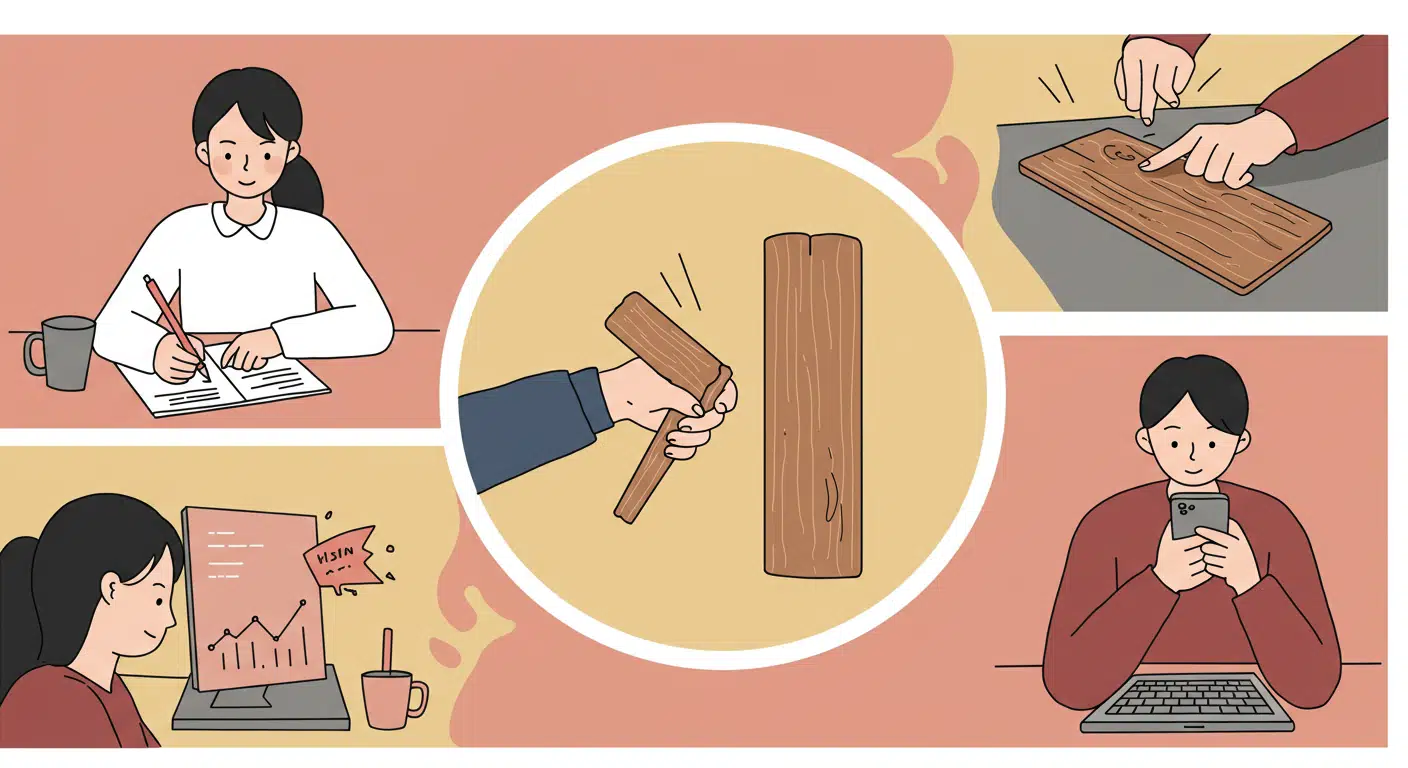According to widespread belief across Mediterranean, Middle Eastern, and South Asian cultures, wearing or displaying the distinctive blue eye amulet—variously called nazar, mati, or mal de ojo protection—creates powerful defense against malevolent energy directed through envious or admiring gazes. This protective talisman supposedly works through several mechanisms: reflecting negative energy back to its source; absorbing harmful intentions; alerting wearers to danger by breaking when curse energy becomes too strong; or actively dispelling negativity through its inherent protective properties. Some traditions specify optimal materials (glass, ceramic, silver), ideal wearing positions (wrist, neck, center of forehead), or appropriate placement within homes and vehicles.

A baby’s future career or fate is predicted by the first object they select during a ceremonial setup.
In several Asian and Eastern European cultures, a traditional ceremony is held for babies usually around their first birthday. Known


